
For those interested in high-performance muscle cars in the early 1970s, the end of an era was just around the corner. Like most American car manufacturers of the period, Chrysler faced challenges due to tightening emissions regulations, buyers facing increased insurance surcharges, and changing market preferences. The automakers were transitioning towards more fuel-efficient and emissions-compliant vehicles to meet the Federal government’s demands to renew the automotive industry.
The 1972 Charger was part of the third generation of the model line that barely snuck into the muscle car era, which arguably ended for Chrysler with the 1974 model year. The third generation Charger featured a distinctive “fuselage” design, a departure from the previous generation’s more muscular look. The Charger Rallye was a sporty trim level that replaced the Charger R/T and the Super Bee, and it had an extended, sleek profile with hidden headlights and a prominent grille.

The Rallye was one of the three trim levels available for the 1972 Charger. The base Charger Coupe had fixed quarter glass with the vehicle identification number (VIN) prefix WL. The Charger Rallye had a VIN prefix WH; the highest trim level SE VIN prefix was WP.
For 1972, the Charger engine options consisted of two 440 V8 engines, a six-barrel with a net 335 horsepower (hp), which was discontinued in September 1971, and a four-barrel with 280 hp; both were available only on the Rallye and SE packages. The 383’s bore was punched out to yield a 400 cubic inch displacement. Two V8 400s were available, one with a two-barrel (190 hp) and the other with a four-barrel (255 hp).
The 400 was the largest power plant for the base Chargers. Besides the big-block V8 options, additional engines in the lineup were a stout 340 V8 pumping out 240 hp, the dutiful 150 hp 318 V8, and the reliable 110 hp 225 slant six.
The transmission options included two three-speed Torqueflite automatic transmissions, the A727 and the A904. The 727 was behind the big blocks and the 340s. The 904 was used with the 318 and the slant six. Manual transmissions included the A903 three-speed for the slant six and low-powered V8s. The transmission did not have a synchromesh 1st gear. Lastly, an A833 four-speed transmission manufactured by New Process was available with the big- and small-blocks.
In 1972, Chrysler installed an electronic ignition system on its four-barrel engines, replacing the high maintenance points ignition components. A spread-bore Carter Thermo-Quad carburetor also became the four-barrel fuel mixer, superseding the Carter AVS. The small primaries of the Thermo-Quad afforded decent gas mileage, while the large secondaries provided excellent performance when the demand was needed. Finally, Dodge retained the N96 Ramcharger cold-air induction system (Air Grabber) as an exclusive Rallye option on the four-barrel engines.
Jonathan Parise of Carbondale, Pennsylvania, picked up his Charger Rallye in 2020. His Charger was built with the A57 Rallye Package on December 19, 1971, at the Lynch Road assembly plant. It had a four-barrel 400 attached to an A833 four-speed transmission and a Sure-Grip 3.55:1 geared 8 ¾ rear end.
The A57 order code required a unique recessed dark argent grille, louvered taillamps, a Power Bulge hood with a matte-black “Performance Treatment” finish, and the one-year-only, Rallye-specific simulated door louvers containing graphics. Concealed headlamps were optional and specified yet another distinctive grille design. Parise’s Charger Rallye has the optional concealed headlamps (L37).
Before Parise’s ownership, the previous owner, a successful businessman, Serafine ‘Sar’ Tolerico (Sars Body Shop), repaired a few minor dings and repainted the rust-free Charger in its original Sherwood Green Metallic (GF7). The original green interior was faded but not damaged, so it was re-dyed to the factory color. For some reason, lost to time, the Charger was equipped with a front bench seat rather than buckets with a console.
Interestingly, Sar purchased the Charger with a 426 Hemi nestled between the front fenders. The Hemi could have run better, and being one interested in originality, Sar got the factory 400 from the former owner. Sar reinstalled the 400 and all the original factory parts, including the emissions components.
Because Parise’s Charger was a four-barrel vehicle, it was equipped from the factory with an electronic ignition system (N23). Intriguingly, the Charger Rallye was optioned with an Air Grabber induction system (N96 – Fresh Air Hood), which, as it turns out, is a scarce option.
When Parise purchased the Charger, it already had the “day two” treatment: headers, three-inch exhaust, and Flowmaster mufflers attached to the factory exhaust tips. A tachometer, oil pressure gauge, and a 1980s radio were also installed. The engine was rebuilt with a longer duration, lumpy-sounding camshaft (specs unknown), and the transmission and rear differential were refreshed while the engine was out of the chassis.
The front-end suspension remains stock with a short-long arm (SLA) design and a 0.92-inch anti-roll bar. At the rear, the leaf-spring suspension still supports the chassis. A 0.86-inch diameter rear anti-roll bar was standard with the Rallye package. The Charger still wears 11-inch front disc brakes and 11 x 2.50-inch rear drums. The brakes are applied via a manually operated master cylinder.
Parise added 15-inch Magnum 500 wheels, which replaced the factory Rallye wheels. He wrapped the wheels with Cooper Cobra Radial G/T tires, 255/60R15 (front) and 275/60R15 (rear). The stock electronic ignition distributor gave Parise fits, so he removed it after fiddling with the distributor for months. He slipped an MSD distributor in its place, along with new plugs and plug wires.
The driveability improved significantly, but the old carburetor was worn out, so Parise replaced the factory carburetor with an aftermarket Quick Fuel carb. With the distributor and the new carburetor, the 400 runs flawlessly.
Parise’s love for Mopars started with the Charger and a 1968 Formula S convertible Barracuda he purchased from Sar. Since acquiring the pair of Mopars, Parise has added three heavy hitters: a 1970 Road Runner, a 1971 GTX, and a tribute 1970 Hemi ‘Cuda.
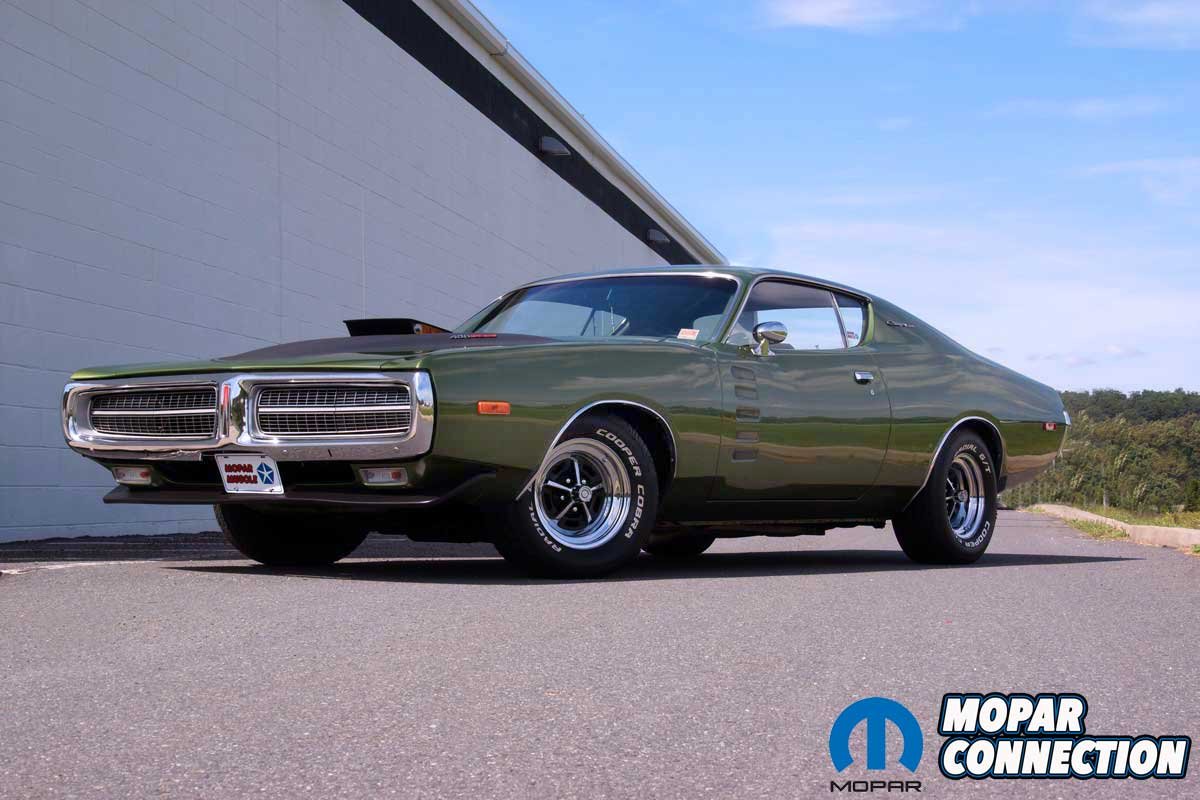
While the muscle car era collapsed in the early 1970s, Chrysler continued to offer beautiful cars with great packages to the end. Parise’s plans for the Charger are to maintain its place in history and enjoy it for what it is – a great cruiser with just enough balance between performance and luxury.









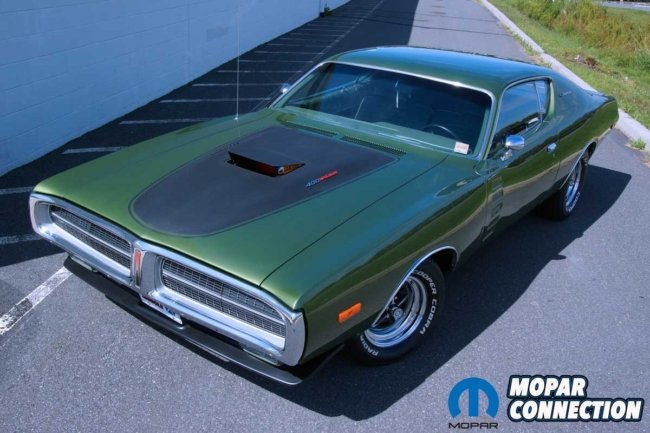
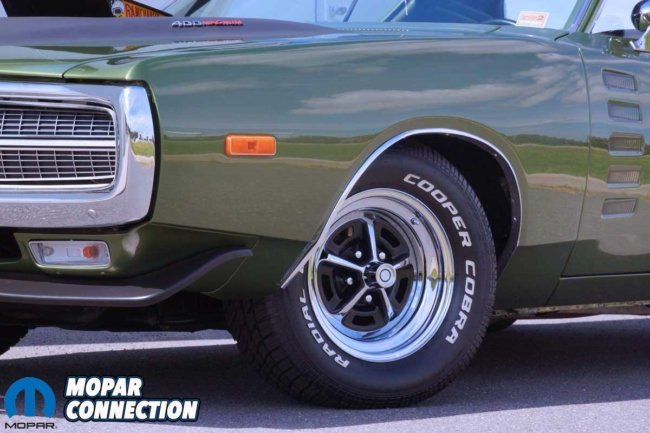
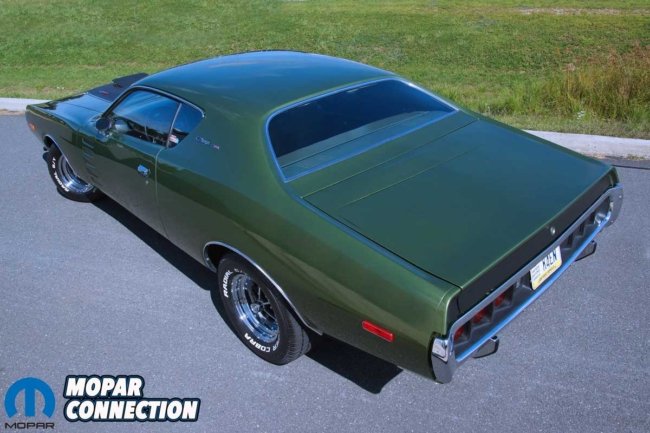
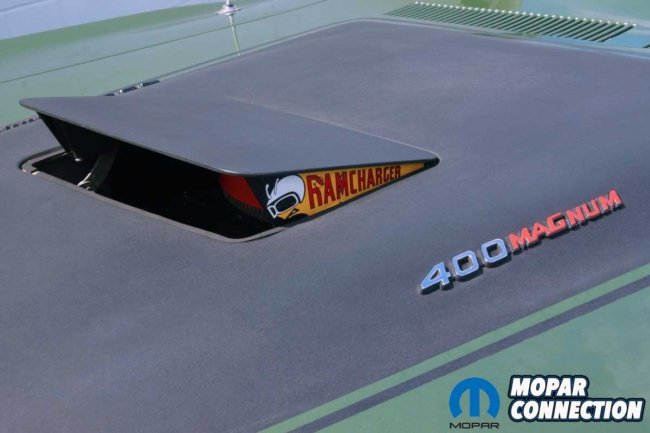
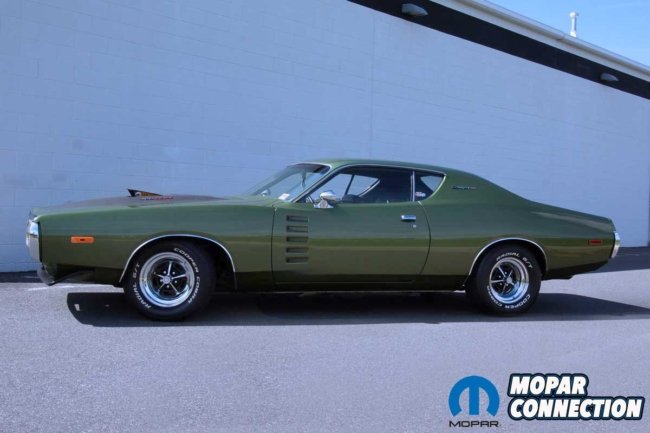
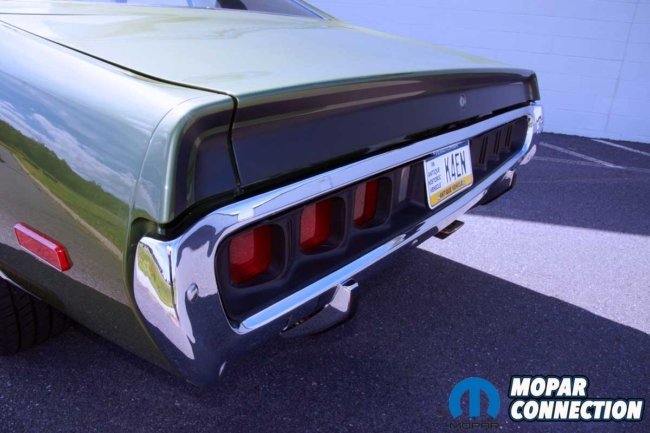
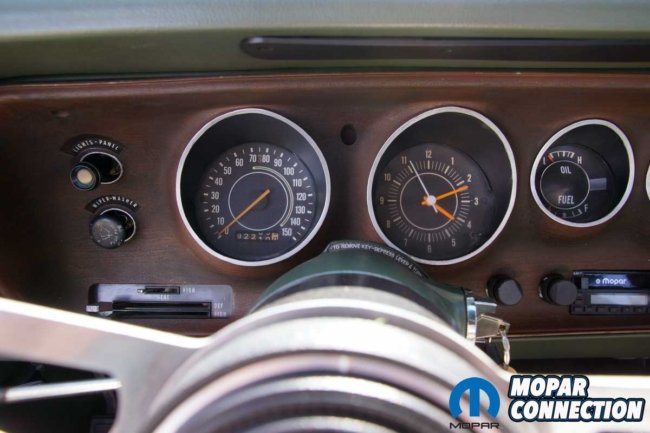
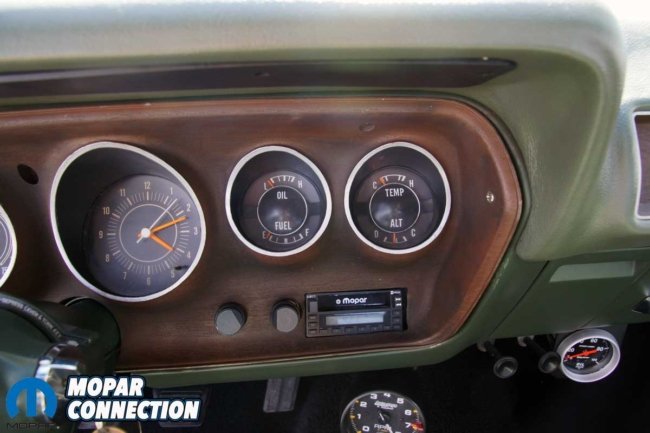


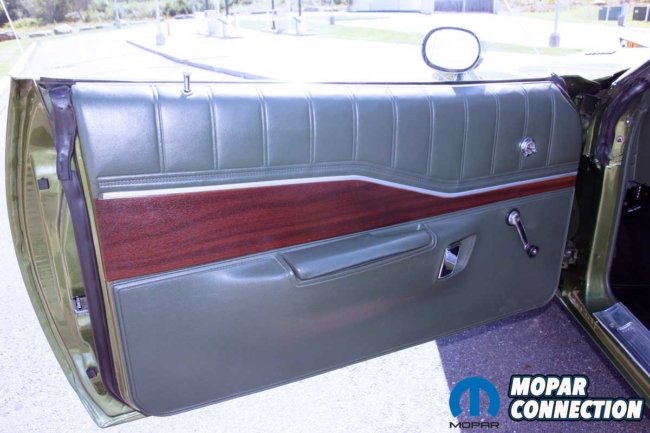
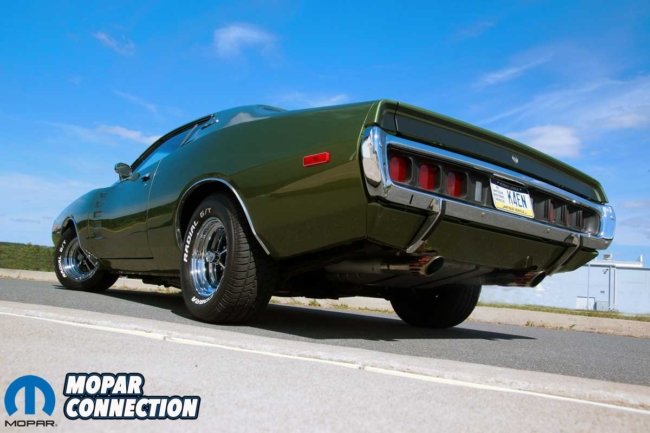

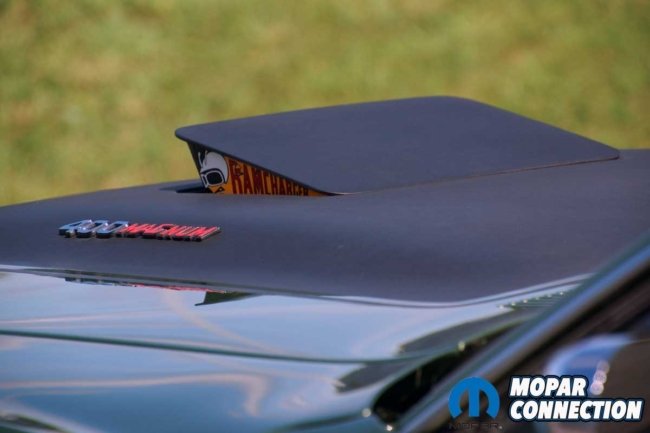
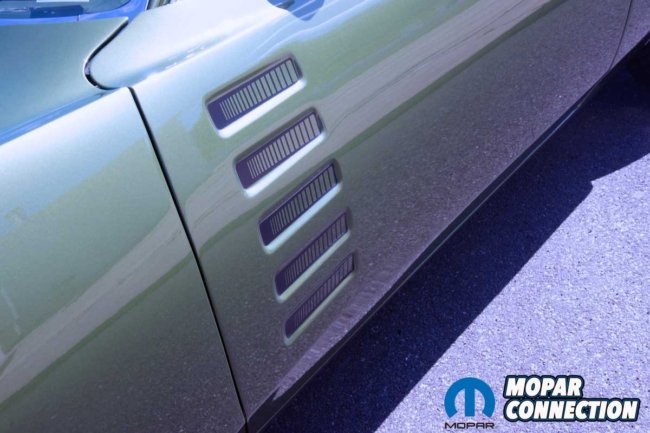


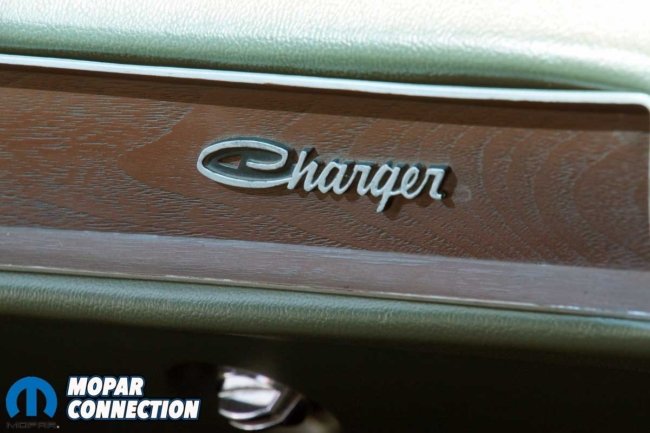


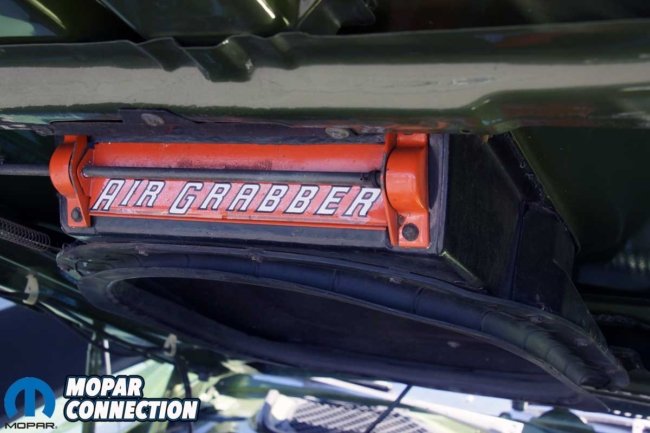
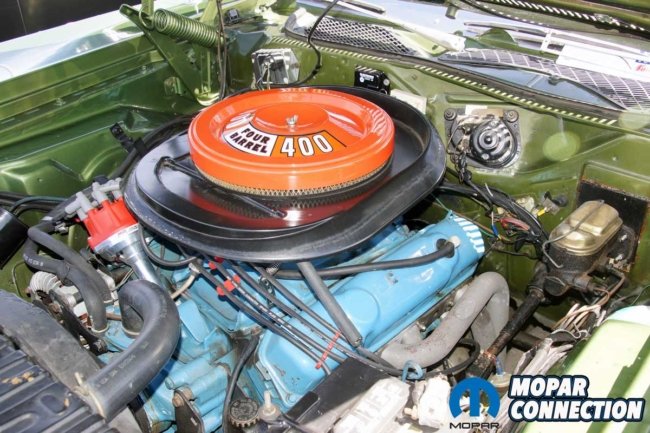
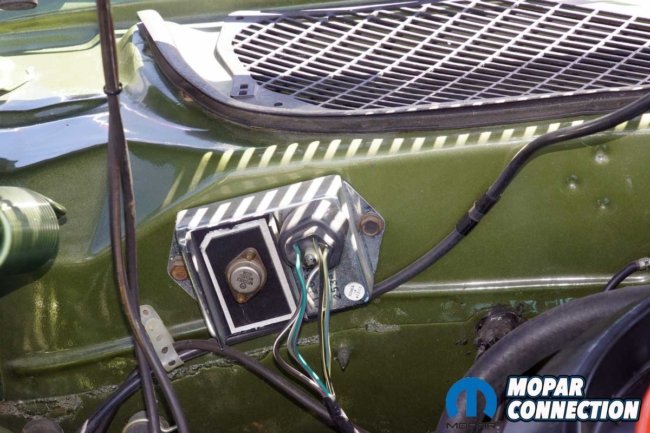


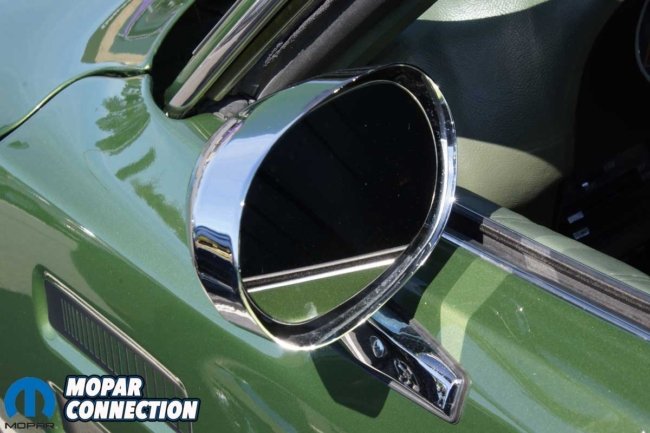

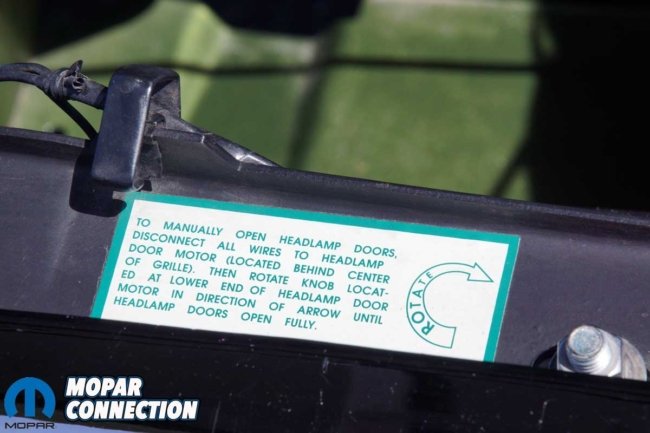
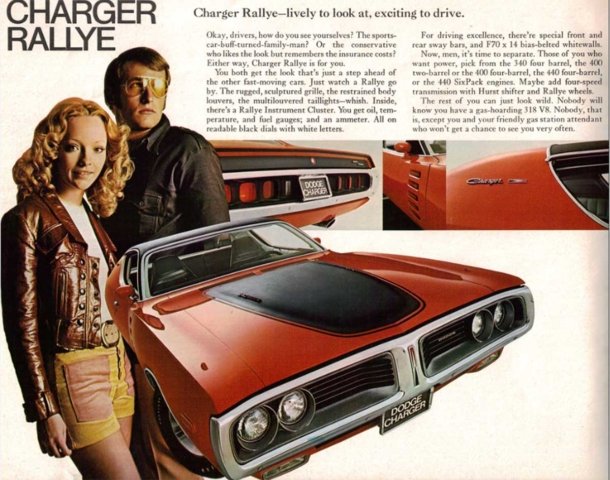
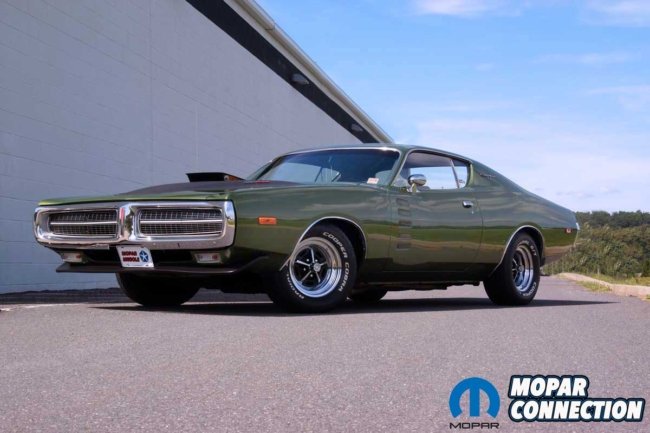
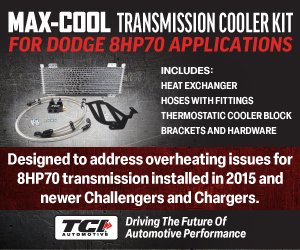
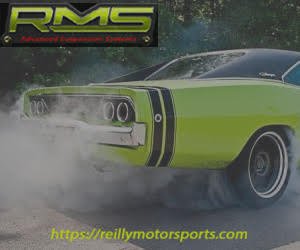


 Mopar Connection Magazine – The ONLY Daily Mopar Magazine © 2022. All Rights Reserved. Mopar Connection Magazine is the ONLY daily Mopar Magazine bringing you the latest Mopar news, technology, breaking news, and Mopar related events and articles. Find out the latest information about Mopar, Mopar products and services, stay up to date on Mopar enthusiast news, dealership information and the latest Mopar social media buzz! Sign up for the Mopar Connection Magazine newsletter for the latest information about new products, services and industry chatter. Mopar Connection Magazine is the best and only source you need to be a Mopar industry insider!
Mopar Connection Magazine – The ONLY Daily Mopar Magazine © 2022. All Rights Reserved. Mopar Connection Magazine is the ONLY daily Mopar Magazine bringing you the latest Mopar news, technology, breaking news, and Mopar related events and articles. Find out the latest information about Mopar, Mopar products and services, stay up to date on Mopar enthusiast news, dealership information and the latest Mopar social media buzz! Sign up for the Mopar Connection Magazine newsletter for the latest information about new products, services and industry chatter. Mopar Connection Magazine is the best and only source you need to be a Mopar industry insider! by
by